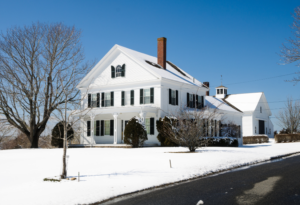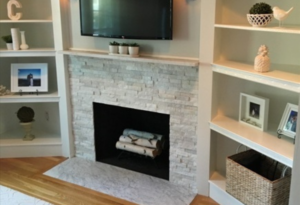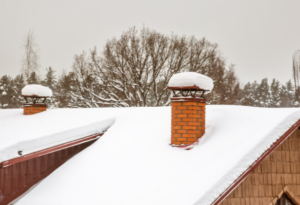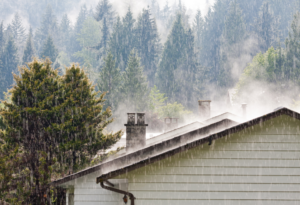Why Your Fireplace May Smell Bad and How to Fix It
Have you noticed that your fireplace smells recently? Well, it’s actually common to experience a smelly fireplace in both the summer and the winter. There are multiple reasons why your fireplace may smell. Fortunately, we can help you determine what the cause may be and how you can put a stop to the smell as soon as possible!
At Best Chimney Services, we’ve been servicing residential and commercial chimneys in the Boston area since 1989. Our chimney technicians are experienced and committed to excellent service so that your chimney remains efficient and safe. Whether you’re in need of a chimney inspection, chimney repairs, chimney installations, or another service, we are here for you! If you want the smell of your fireplace fixed as soon as possible, give us a call! In the meantime, learn more about why your fireplace may be smelling this winter and how to fix it below.
Reasons for Winter Fireplace Smells
Winter Odors
Something many homeowners don’t realize is that precipitation from the snow and rain can build up in your chimney all winter long and result in a smell. This happens when snow builds up and mixes with creosote, a flammable byproduct consisting of tar and wood combustion, in your chimney and creates an odor. In order to get rid of this winter chimney odor, you need to remove the creosote once a year by booking an annual chimney sweeping with a professional chimney company so they can remove it safely.
Downdrafts When a Fireplace is Not in Use
If you don’t use your fireplace, then it’s possible the smell is being caused by downdrafts. A downdraft is when the odors are going straight down the chimney and into your house, bringing soot and creosote into your home. There is an easy solution to this problem though! We recommend installing a tight-fitting chimney damper. This will help minimize drafts from entering your chimney and will make your home more energy-efficient. If you’re looking for help installing a chimney damper, book an appointment with us!
Animal Issues
Another common reason why fireplaces begin to smell is because of a build-up of dead animals and animal droppings in your chimney. You can find out if this is the cause of your problem with a routine chimney inspection and sweeping that will clear out any debris. To avoid this problem in the future, and to preserve wildlife and protect your home, install a chimney cap! This will keep any animal or wildlife byproducts from entering your chimney.
How to Combat Winter Fireplace Smells
Annual Chimney Inspection
If you want to get ahead of the curve before these winter fireplace smells have a chance to occur, we highly recommend booking an annual chimney inspection. A chimney inspection will ensure that the key components of your chimney, such as the chimney damper and chimney cap, are in good working condition to avoid the problems we listed above. Booking a chimney inspection yearly is recommended for every homeowner who has a chimney.
Annual Chimney Sweeping
An annual chimney sweeping will remove flammable creosote and other debris, like animal byproducts, to prevent any issues from occurring. The largest risk at hand is the build-up of creosote because it can lead to dangers like a chimney fire. Chimney fire prevention is vital to keeping both your chimney and your home safe. A chimney sweep will make sure that creosote is removed and no longer an issue.
How to Find the Right Chimney Company to Assist with Winter Fireplace Odors
Finding the right chimney company to assist with your winter fireplace odors is important. You need a chimney company that has CSIA-certified technicians to ensure that they’re following the best and safest practices when servicing your chimney. A CSIA certification is the national standard for all chimney companies to follow with the goal of protecting residents from house fires and other dangers. The chimney company you choose should have this certification so that you know your chimney and home are being taken care of.
Contact Best Chimney Services for Your Chimney Needs
Are you looking for a chimney company that will prioritize your safety and chimney’s efficiency? At Best Chimney Services, we’re here to help with all of your chimney concerns. We urge you to give us a call today to start your chimney’s routine maintenance!
The post Why Your Fireplace May Smell Bad and How to Fix It appeared first on Boston's Best Chimney.











